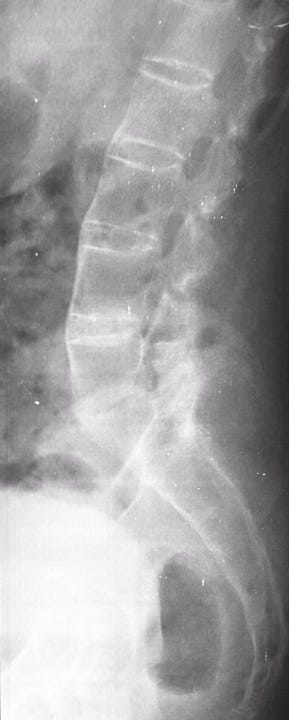Welcome back Rheumatology Fans,
A Rheumatological hallmark of various conditions and as it affects ligaments and tendons one we are going to see masquerade into our MSK clinics like it belongs there. Spoiler, it doesn’t.
This is part 1 of a double header on enthesitis. I wrote the whole thing but it is far too long to be one article so you will have to be a little patient for part 2 which will be published 2 weeks after this.
Warning ADVERTISING - The back catalogue of these articles is getting significant, I have published something at least once per week in 2024. Half of these are for paid subscribers. It is only £5/month and there is no restriction on cancelling. You can get everything for £5, and then cancel if you so fancied. Even better, if you enrolled in my online course… It is all free, forever.
Part 1 contents
Understanding Enthesitis (free)
Enthesitis In Rheumatic Diseases
Common Sites Of Enthesitis
Differentiating Enthesitis From Tendinopathy
Understanding Enthesitis
Alright, strap in, this could get bumpy.
Enthesitis is the outcome of an auto-inflammatory process directed at the entheseal component of ligaments and tendons.
The enthesis is the location at which the tendons and ligments attach to bone. There are two types - Fibrous and Fibrocartlaginous. Fibrous Entheses have a dense connective tissue that links the tendon or ligament to the bone, Fibrocartilaginous (the most prevalent by far) have a transitional zone of fibrocartilage at the bony interface. For example the Achilles tendon transitions to tendon/fibrocartilage → fibrocartilage/bone → bone. This structure serves 2 purposes, to literally attach the structures and to dissapate force across a larger area.
Auto-inflammation is a subset of auto-immunity and describes inflammation that is directed at the bodies own tissues in the absence of injury. This forms the basis of pretty much all of the Rheumatological Specialty. In Rheumatoid Arthritis this is typically inflammation of the synovial tissue (synovotis) but in Spondyloarthritis this is directed at the Entheses, typically of the spinal and sacroilliac ligaments and/or peripheral high load tendons (Achilles, lateral hip, proximal hamstring, elbow epicondyles).
For want of a biochemisty and immunology PhD auto-infllamatory enthesitis occurs in these diseases from a fault in the immune system. It becomes dysfunctional and overactive in that it fails to recognise these entheseal areas are in fact part of the person. It believes it to be an invader of some kind and reacts accordingly. Persistent inflammation at these areas can cause bone proliferation (enthecytes, syndesmophytes) which in some locations can fuse joints together. Ankylosing Spondylitis for example can result in Bamboo Spine.
Case courtesy of Aditya Shetty, <a href="https://radiopaedia.org/?lang=gb">Radiopaedia.org</a>. From the case <a href="https://radiopaedia.org/cases/27892?lang=gb">rID: 27892</a>
The alteration of structural contents is problematic enough but it is also painful, stiff and resistent to most treatment. Spondyloarthritis also commonly comes with associated comorbid conditions which can be problematic or overshadow the issue in their own right (Acute Uveitis, Psoriasis, Inflammatory Bowel Disease). These also typically occur in younger people and can be triggered by increases in loading the same as other tendon issues like tendinopathy.
This combination results in challenging diagnosis and management. Waiting longer for diagnosis and slower onset of effective management strategies are associated with worse outcomes. Which is probably why I go on about being able to recognise the symptom profiles and risk factors for it! More on that to come.
Keep reading with a 7-day free trial
Subscribe to The Rheumatology Physio to keep reading this post and get 7 days of free access to the full post archives.






